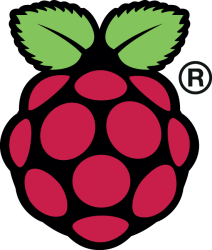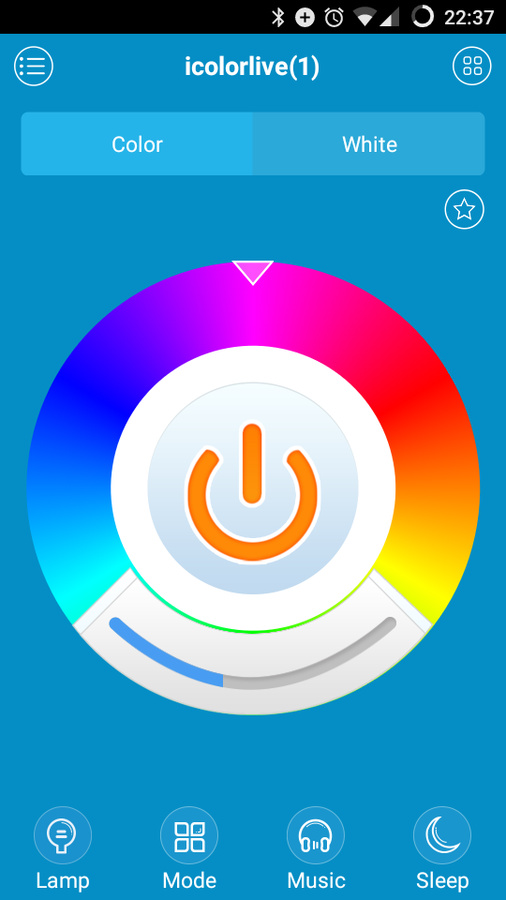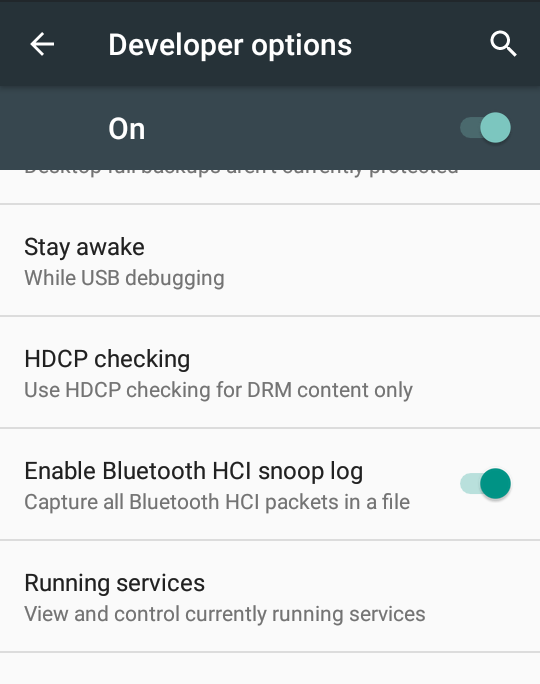Taking Control of your Bluetooth Devices
By Helen Sherwood-Taylor
Taking Control of your Bluetooth Devices
From PyCon UK 2016 Bluetooth Low Energy (BTLE) is a part of the Bluetooth standard aimed at bringing wireless technology to low power devices, and it's getting into everything - lightbulbs, robots, personal health and fitness devices and plenty more. However, these devices don't always come with a nice developer friendly API - often all you get is a phone app. We will investigate one of these devices and see how we can decipher some meaning from the conversations it has with its app. Armed with that information, we can go into Python and start writing code to control our device. Along the way we'll looking at the protocols and properties used in BTLE interactions and see how the same principles can be applied to a multitude of devices.













